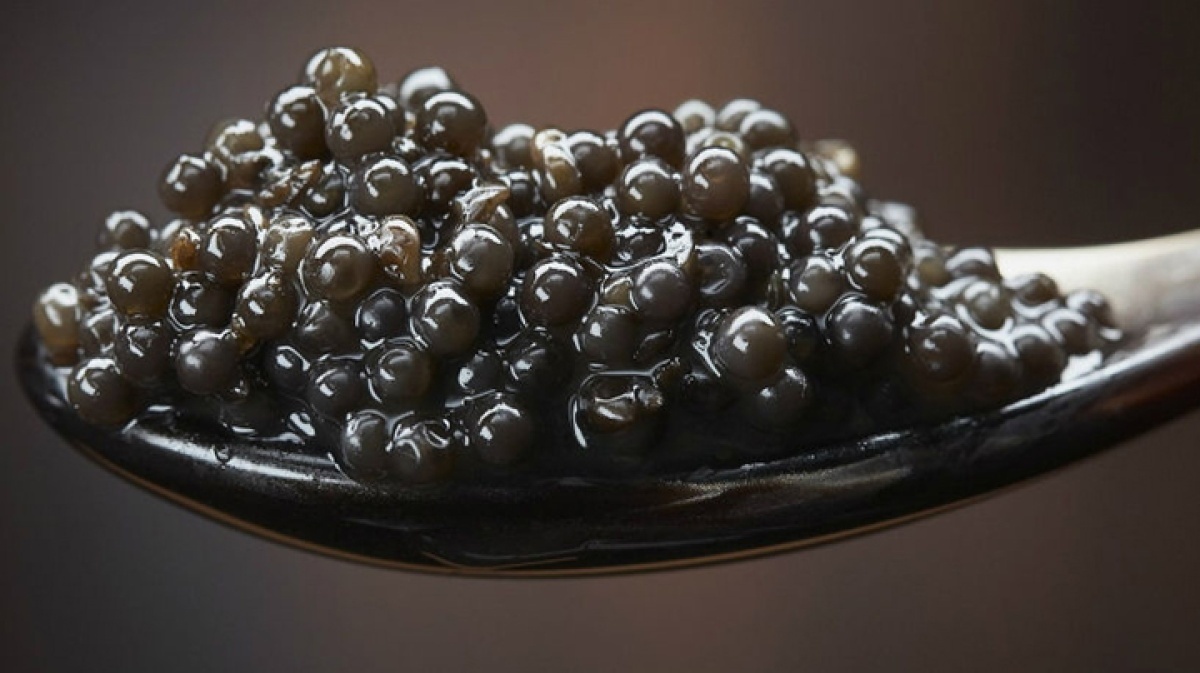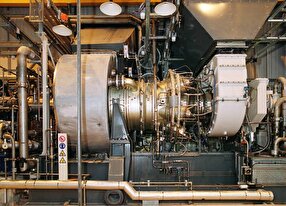Iran’s Caviar

The history of breeding and caviar production in Iran might not be as exciting as in the case of Russia, yet it also had its turning points.
The beginnings of caviar in Iran date back to the times of the Persian Empire. Even A Thousand and One Nights from 9th-10th century mention caviar. And although it’s just a collection of legends and some idea of the past, caviar was there considered to be a source of energy (the original name of caviar chav-jar can be translated as “power cookie”) and valued for its medicinal properties.
In the ancient Persian Empire, caviar was valued not only for its taste, but also for its supposed healing properties. Caviar once was determined as a “lump of energy”. This deep appreciation for the sturgeon’s roe shows how food is often more than just food; it is a part of culture and history.
While the ancient Greeks considered it a delicacy, it was the Russian tsars who really left their mark on the history of caviar. Tsar Nicholas II’s immense consumption of caviar is testament to the wealth and excess of the Russian imperial court. The contrast with the Western world, where caviar was much more accessible and cheaper at the time, is remarkable.
The price fluctuations in Paris and the United States in the late 19th and early 20th centuries reflect the changing times and economic conditions. Still, it’s fascinating that caviar was offered in American cafes as a simple accompaniment to beer, demonstrating how widespread and affordable it once was.
At the turn of the 20th century, due to the growing demand for caviar, Russia could not keep pace with the production. The cooperation with a producer of Armenian origin – Stefan Matinovic Lianozow was supposed to be a solution so they decided to give him financial support. Lianozow opened a very modern for its time processing plant on Iranian coastline of the Caspian Sea.
Iran, as one of the few countries in the Caspian Sea, undertook wide-reaching efforts to rebuild the population of sturgeon in the Caspian Sea. They invested in all infrastructure necessary for the development of sturgeon breeding, and they implemented the policy of replacing each specimen caught in the Caspian Sea with a new fish fry. Also, when in 1999 the Caspian Sea was affected by the invasion of comb jellyfish (a predatory ctenophore), it was the Iranian authorities that took decisive action to save the endangered sturgeons.
4155





















